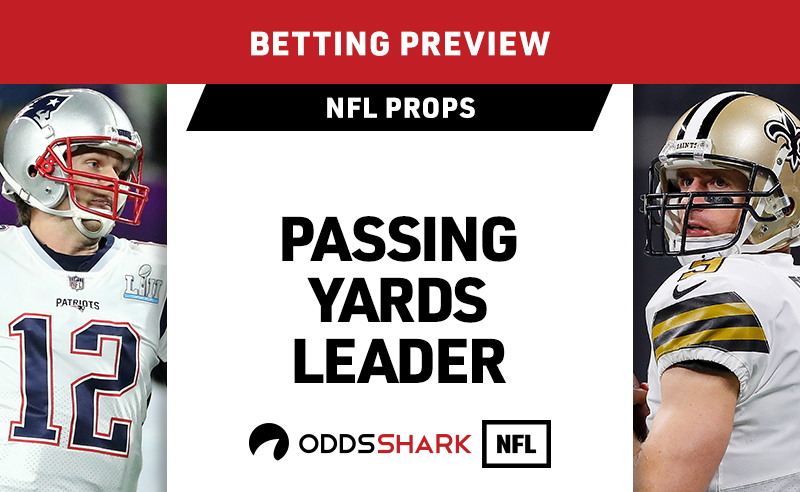
The average wind speed for an NFL game is around seven miles per hour, so use that as your baseline when looking at a slate’s weather conditions.įrom that mark, every passing metric decreases as wind speed increases whether it’s raw production (passing yards, passing touchdowns, etc.) or efficiency (completion percentage, yards per attempt, QB rating, adjusted net yards per attempt, etc.).


The wind is the most reliable and predictive weather factor as it has the largest sample size. Whether it's wind, precipitation, or temperature, it's crucial to account for everything. Missing even one key weather factor can tip an edge from existing to disappearing, leading to unrealized profits or misled losses. With that in mind, it's essential to know what to look for when handicapping outdoor elements. Games in domes outpace overs by more than twice as much (1.6 points on average) as outdoor games do (0.7 points). And although we know scoring has been outpacing Vegas totals for some time now, the effect is even more observable in domes. Having perfectly controlled conditions to play in lends its hands to more high-scoring affairs: games in domes average almost four more points than games played outdoors. That's not to knock games played in domes. Sure, football has its fair share of domes, but the large majority of NFL venues are entirely open to the will of Mother Nature. The NBA and NHL exclusively play indoors, and MLB will call games or use retractable roofs when the conditions become too harsh. Of the four major American sports, the NFL has always been unique in its lone willingness to brave the weather for all of its games.



 0 kommentar(er)
0 kommentar(er)
